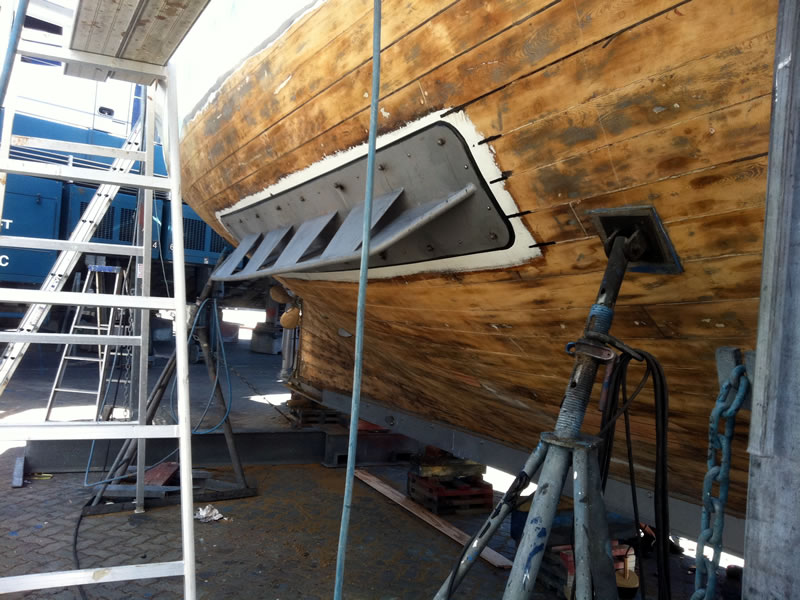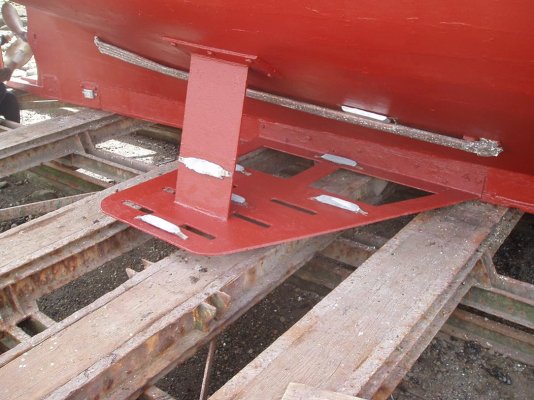trawlercap
Senior Member
- Joined
- Aug 24, 2020
- Messages
- 293
- Location
- USA
- Vessel Name
- JoAhna K
- Vessel Make
- 58' Bill Garden Trawler 1952
One of my long term projects is to work on the roll of my boat. with 6.5 draft round hull and 61 tons displacement, I know she can get to rolling. I tell the passengers how smooth the roll is, but I still would like to dampen it a bit. As a retired Alaska Fisherman we NEVER heard of mechanical stabilizers, fins, not even paravanes except on smaller, under 50' boats.
I drove a 123' hard chine single screw no thruster boat for 30 years in all weathers. We all had had rolling chocks, the whole fleet. In talking to the yard I trust, they said "go big (at least 12") or stay home.
My 1952 William Garden slips through the water with no fuss. HAs anyone in the pleasure boat world added rolling chocks. I have no interest in electrical, mechanical, hydraulic etc. powered systems.
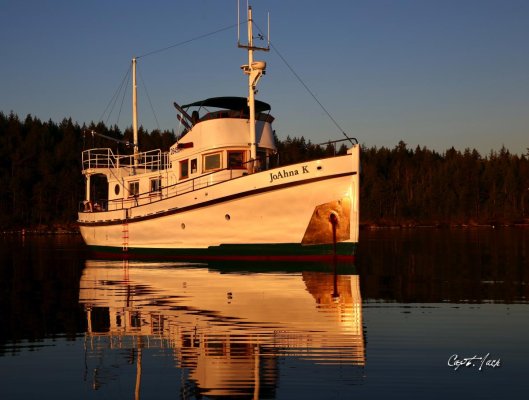
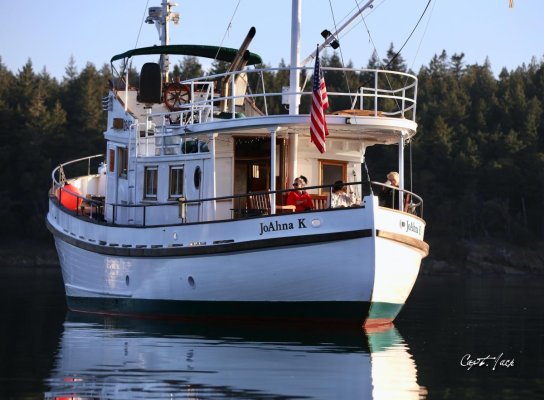

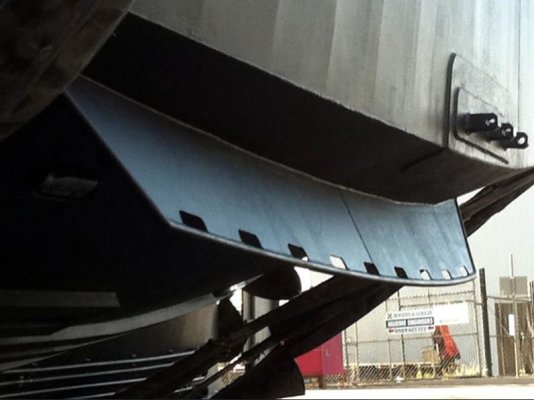
I drove a 123' hard chine single screw no thruster boat for 30 years in all weathers. We all had had rolling chocks, the whole fleet. In talking to the yard I trust, they said "go big (at least 12") or stay home.
My 1952 William Garden slips through the water with no fuss. HAs anyone in the pleasure boat world added rolling chocks. I have no interest in electrical, mechanical, hydraulic etc. powered systems.






